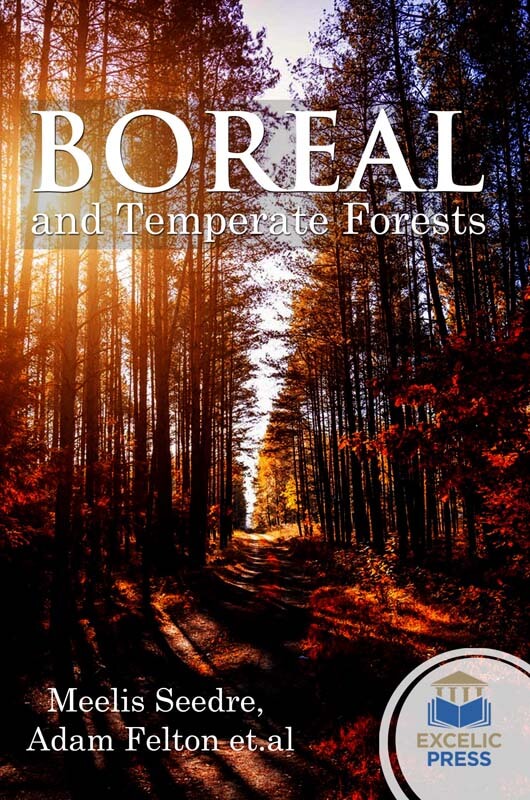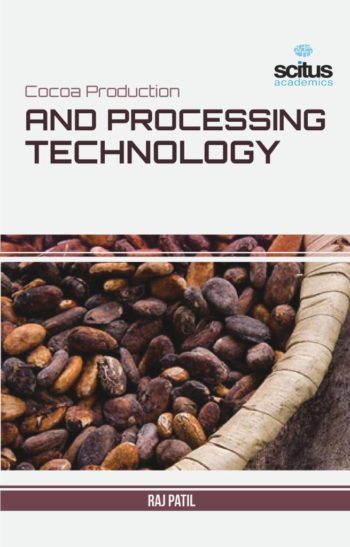Forests provide ecosystem services that are essential for human well-being and sustainable forest management is the cornerstone of the maintenance of these services. A clear understanding of boreal forest dynamics is critical to developing an accurate representation of the Earth’s response to climate change. The boreal forest is the largest continuous forest region on Earth and a tremendous repository of terrestrial organic carbon. The boreal forest has experienced significant warming over the past several decades and is expected to be impacted by global climate change.
As climate change is a worldwide issue in current times, impacts on forests are concerned with local environmental conditions and management approaches, so this book will take a comprehensive insight at the issue under changing local environments by addressing both ecological and sociopolitical needs.
This book presents theoretical and practical solutions for the rehabilitation, restoration, and reclamation, including with management approaches of forest ecosystems. The primary aim of the first chapter is to determine how Continuous cover forestry (CCF) and clear-cut (CC) stand contrast in terms of their implications for the plant, animal and fungal species elements of terrestrial stand-level forest biodiversity. To estimate management effect on biodiversity, it will focus on most commonly reported biodiversity indicators, namely species richness and abundance, but also consider other relevant metrics when possible.
Old-growth forests provide multiple ecosystem services. Although the aboveground productivity of some forests declines with forest stand age increasing, old-growth forests are recognized as having accumulated large amounts of terrestrial carbon, especially which accumulated in the soil. In this way, the second chapter reveals the variables influencing the residence time of biomass in the old-age forest across climate gradients. Old-growth forests in particular, with their high structural complexity and a resulting higher heterogeneity in resource distribution, pose strong challenges to understanding pattern generation. Our objective in third is to parameterize a spatial point process model and test its applicability for quantifying the combined seed dispersal, within gap light environment, microsite heterogeneity, and competition on the generation of within gap spatial structure of small tree seedlings in a temperate old-growth, mixed-species forest.
In the next chapter, readers have a look at biodiversity along temperate forest succession. As understanding, the inherent changes in species diversity as forests develop provides an important baseline for assessing the effects of external drivers such as climate change. In the absence of such a dynamic baseline, observed changes in biodiversity that are simply the effect of forest dynamics could be easily misattributed to the effects of climate change.
Furthermore, understanding the variation in biodiversity over the entire course of succession could also provide a more comprehensive perspective on the effects of different management strategies on biodiversity. the vulnerability of trees to climate events in temperate forests of West Germany; post-cutting mortality following experimental silvicultural treatments in unmanaged boreal forest stands; relationships between plant biodiversity and soil fertility in a mature tropical forest; characteristics and growing stocks volume of the forest stand in the dry temperate forest of Chilas Gilgit-Baltistan; visualizing the forest in a boreal forest landscape—the perspective of Swedish municipal comprehensive planning; and herbaceous invaders in temperate forests: a systematic review of their ecology and proposed mechanisms of invasion.
Simulating changes in fires and ecology of the 21st-century Eurasian boreal forests of Siberia is emphasized as well in the next chapter. Tropical forests contain about 25% of the carbon in the terrestrial biosphere and account for 34% of Earth’s gross primary production. Unlike temperate forests where temperatures fluctuate widely during the course of a year, their variation in tropical forests is modest. The trees of tropical forests are thus adapted to grow in a relatively narrow temperature range. Hence, the relative impact of climate warming is likely greater in the tropics than in other regions because predicted changes in temperature are large compared to normal inter-annual variations. In the last chapter, therefore, a study investigated the spatiotemporal dynamics of tropical deciduous forest including dry dipterocarp forest (DDF) and mixed deciduous forest (MDF) and its phenological changes.














Reviews
There are no reviews yet.